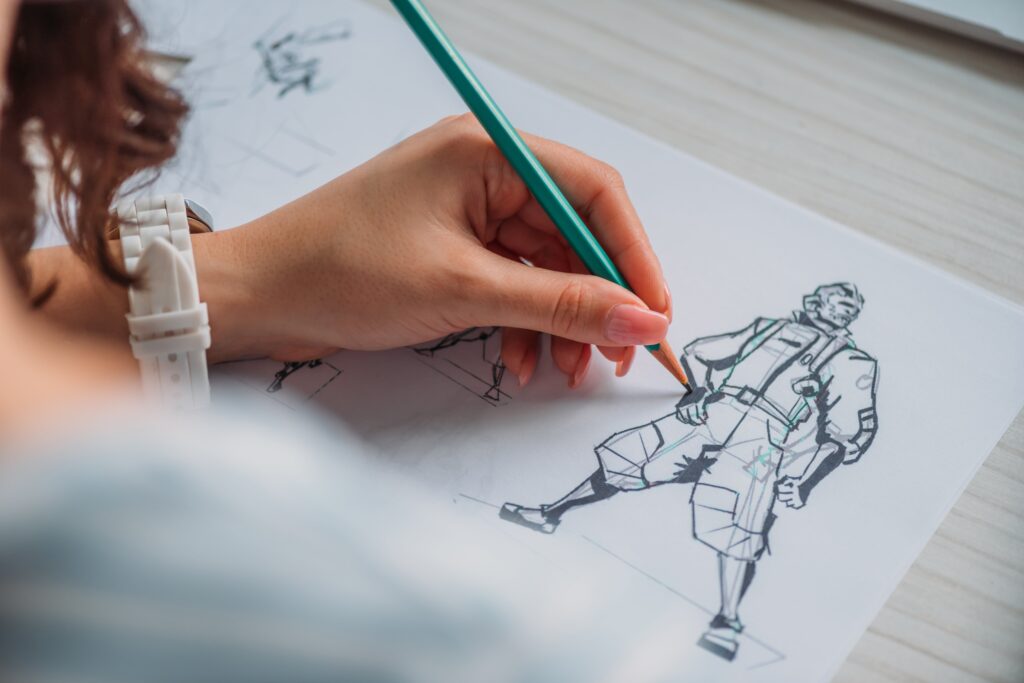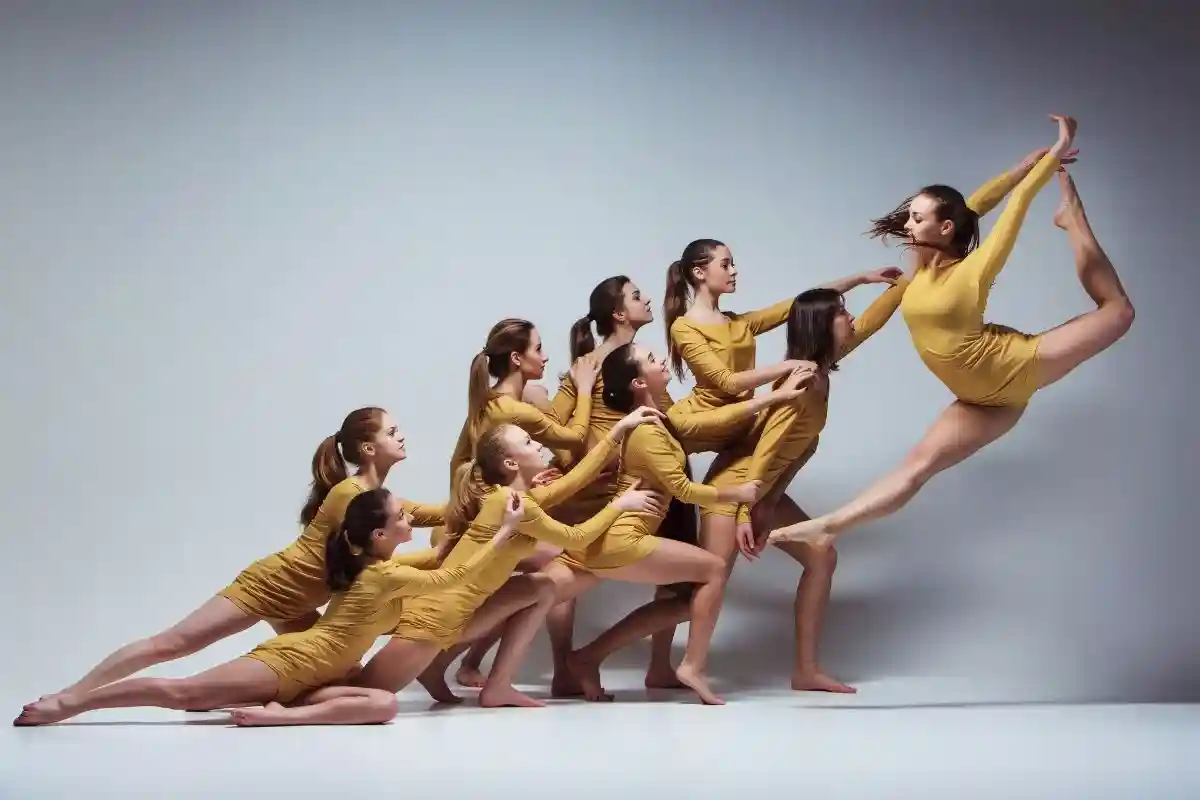Animation has a rich history that has evolved significantly over the years, with various techniques shaping the way stories are told on screen. From traditional hand-drawn animation to cutting-edge computer-generated imagery (CGI), the industry has witnessed a remarkable transformation that has revolutionized the art form.
Traditional Animation
Traditional hand-drawn animation, the foundation of the industry, involved animators meticulously drawing each frame to create the illusion of movement. Walt Disney’s early works, like “Snow White and the Seven Dwarfs,” exemplified the artistry and magic of this technique.
Stop-Motion Animation
Stop-motion animation, where physical objects are manipulated and photographed frame by frame to create movement, has been used in iconic films like “King Kong” and modern hits such as “Coraline” and “Kubo and the Two Strings.” This technique requires attention to detail and precision.
Computer-generated imagery (CGI)
In recent years, CGI has become a dominant force, enabling animators to create lifelike characters and stunning visuals using advanced computer software. Films like “Toy Story” and “Frozen” have pushed the boundaries of CGI, blurring the line between animation and live-action filmmaking.
Motion Capture
Motion capture technology captures real-life movements and translates them into animated characters. Used in films like “Avatar” and video games like the “Uncharted” series, motion capture creates realistic and expressive characters that move authentically.
Virtual Reality (VR) Animation
VR animation allows viewers to immerse themselves in fully realized 3D environments, blurring the line between the virtual and physical worlds. Companies like Oculus and Pixar have leveraged VR technology to create interactive and immersive storytelling experiences.
Augmented Reality (AR) Animation
Augmented reality overlays digital content onto the real world through mobile devices and smart glasses. AR animation has been used in popular apps like Pokemon Go and Snapchat, offering interactive and engaging experiences seamlessly merging virtual and physical realms.
3D Printing
3D printing has revolutionized animation by enabling animators to bring their digital creations into the physical world. Custom characters, props, and sets can now be designed and printed using 3D printers, adding a tactile and hands-on dimension to the animation process.
Artificial Intelligence (AI) in Animation
AI-powered tools and algorithms streamline the animation process and enhance creativity. AI can automate tasks, generate realistic movements, and predict storytelling outcomes. Companies like DeepMotion and Artomatix are at the forefront of harnessing AI in animation.
Interactive Animation
Interactive animation empowers audiences to actively engage with animated content, blurring the line between viewer and creator. Companies like Netflix and Telltale Games have embraced interactive animation to create immersive storytelling experiences where audience choices influence the narrative.
The Future of Animation Techniques
As technology continues to advance, the future of animation techniques holds endless possibilities for creativity and innovation. From AI-powered tools to immersive VR and AR experiences, animators have a wealth of new technologies at their disposal to push the boundaries of storytelling and visual artistry.
By staying curious, adaptable, and open to innovation, animators can continue to shape the future of animation with their creativity and storytelling prowess.
Key Takeaways:
- Animation has evolved through various techniques, revolutionizing storytelling and visual artistry.
- Techniques like stop-motion, AI, interactive animation, and 3D printing are shaping the future of the industry.
Aspiring animators can enhance their skills and excel in the dynamic animation industry by considering the “NYU Animation Industry Essentials” online course and certificate program offered by Yellowbrick.




